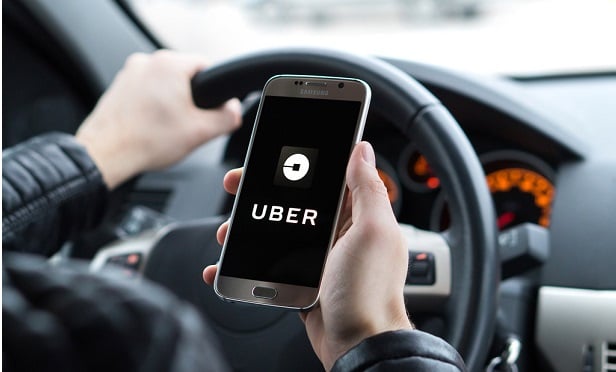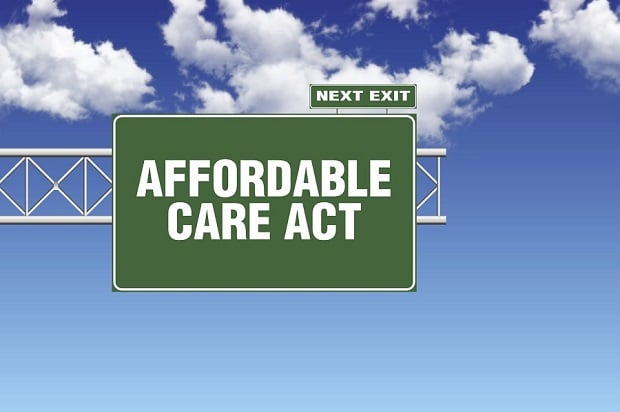 Uber and Lyft both have specific operations in place to provide rides to patients that are covered by third-party payers–Uber has agreements with more than 1,000 health care organizations.
Uber and Lyft both have specific operations in place to provide rides to patients that are covered by third-party payers–Uber has agreements with more than 1,000 health care organizations.
Uber and Lyft, the tremendously popular ride-hailing services that in recent years have disrupted the taxi business, hope to make big bucks by providing health care organizations, such as insurers, hospitals or public health programs.
Much of the country's health care spending is focused on delivering care to people who face transportation challenges. Many of them, due to advanced age or disabilities, cannot drive themselves to appointments. They struggle to get to and from check-ups, to pick up prescriptions and to receive other types of critical medical care.
One study estimated that roughly 3.6 million people a year miss critical medical appointments due to transportation challenges.
App-based ride-hailing services, which provide rides on demand, are naturally candidates to help address the issue. That is particularly true in the many parts of the country that lack reliable public transportation and don't have robust public services that provide cheap transportation to those with mobility challenges.
Uber and Lyft are part of a growing industry known as No-nemergency Medical Transportation. In an interview with the Wall Street Journal, Dan Trigub, the head of Uber's health care operations, reckons the NMT industry is worth $15 billion.
Uber and Lyft both have specific operations in place to provide rides to patients that are covered by third-party payers. Uber tells the WSJ that it has agreements with over 1,000 health care organizations.
Earlier this year, Lyft became an authorized medical provider in Arizona's Medicaid program. The program pays for the company to provide rides to appointments for Medicaid enrollees.
Those who are most likely to need a ride to the doctor, however, are also the least likely to use ride-hailing apps. The majority are older patients who don't have smart phones or are unfamiliar with the digital sharing economy.
In one case study, only 20 percent of the 394 patients at two primary care practices who were offered free Lyft rides accepted the offer. That rate of missed appointments in that patient group did not drop.
Whether or not the business is profitable in the short-term for Uber and Lyft, in the long-term the concept will likely prove helpful to many patients. While today's mobility-challenged patients may not be embrace internet-based care, in the coming years people will only become more comfortable and reliant on app-based solutions to health care issues.
Complete your profile to continue reading and get FREE access to BenefitsPRO, part of your ALM digital membership.
Your access to unlimited BenefitsPRO content isn’t changing.
Once you are an ALM digital member, you’ll receive:
- Breaking benefits news and analysis, on-site and via our newsletters and custom alerts
- Educational webcasts, white papers, and ebooks from industry thought leaders
- Critical converage of the property casualty insurance and financial advisory markets on our other ALM sites, PropertyCasualty360 and ThinkAdvisor
Already have an account? Sign In Now
© 2024 ALM Global, LLC, All Rights Reserved. Request academic re-use from www.copyright.com. All other uses, submit a request to [email protected]. For more information visit Asset & Logo Licensing.








